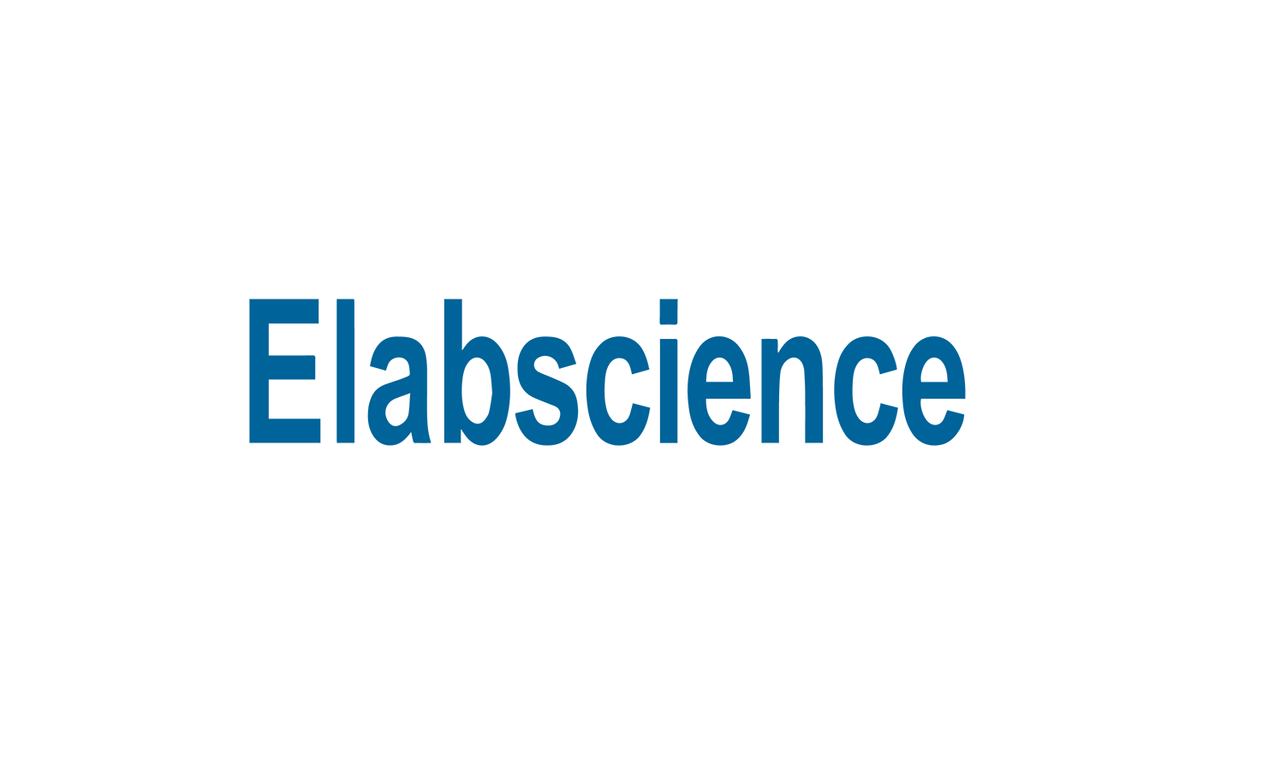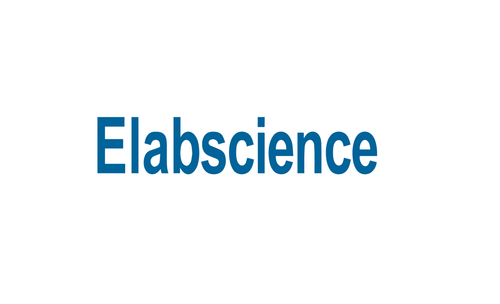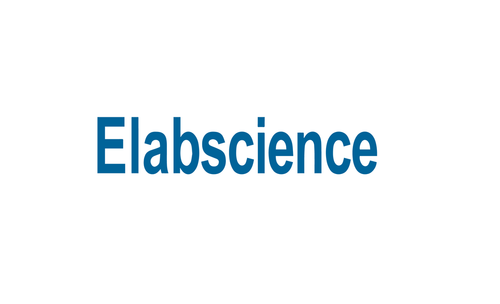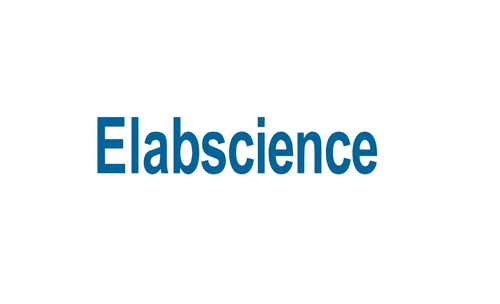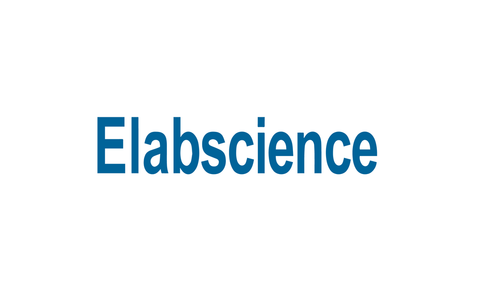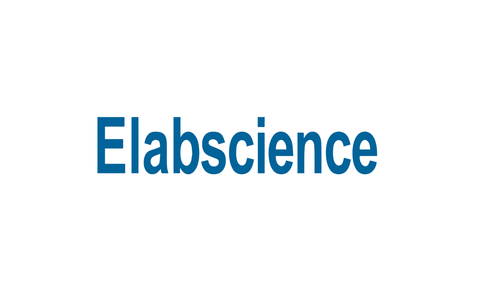Product Description
Rat Intervertebral Disc Fibroblast Cells | EP-CP-R200 | Elabscience
Background: Rat intervertebral disc annulus fibrosus cells are isolated from the intervertebral disc Tissue. The intervertebral disc is located between the two vertebral bodies of the spine and consists of a cartilage plate, annulus fibrosus, and nucleus pulposus. There are cartilage plates above and below, which are hyaline cartilage covering the vertebral body. The upper and lower surface of the bone in the middle of the epiphyseal ring. The upper and lower cartilage plates and the annulus seal the nucleus pulposus together. The annulus fibrosus is composed of collagen fiber bundles and is located around the nucleus pulposus. The fiber bundles of the annulus cross each other diagonally overlapping, which makes the annulus fibrosus a solid Tissue that can withstand greater bending and torsion loads. The front and sides of the annulus are thicker, while the back is thinner. The front of the annulus has a strong anterior longitudinal ligament, and the posterior longitudinal ligament of back side is narrow and thin. The cell density of the annulus fibrosus is 9000 cells/mm^3, and the cells in the outer layer are spindle-shaped, mainly fibrocytes, and the inner cells are round, mainly chondrocytes.Under the culturing circumstances, there are many common ultrastructural manifestations observed by transmission electron microscope. Their nuclei are relatively round and nucleoli are more obvious. A large number of rough endoplasmic reticulum and slippery endoplasmic reticulum with ribosomal particles can be seen in the cytoplasm. There are many mitochondria in the cytoplasm, which are elliptical, and some can see a double-layer unit membrane, which surrounds the primary deep enzyme body and the secondary deep enzyme body. There are a series of flat vesicles and vesicles in the cytoplasm of the Golgi Complexes and secretory particles. The ability of annulus cells to synthesize and secrete proteoglycans and collagen fibers is very strong, ensuring the supply of structural materials required for the physiological and metabolic activities of the annulus. Once this supply is reduced, the biological performance of the annulus will be weakened , the intervertebral disc began to degenerate. The rat intervertebral disc fibroblasts produced by our company are prepared by the collagenase-neutral protease combined digestion method and combined with the special culture medium for chondrocytes. The total number of cells is about 5×10^5cells/ Bottle. The cells are identified by immunofluorescence of type Ⅰ collagen and type Ⅱ collagen, and the purity is more than 90% without HIV-1, HBV, HCV, mycoplasma, bacteria, yeast, and fungi.
Renewal: Every 2-3 days
Ratio: 1:2-1:3
Medium: EP-MP-R200
Growth Properties: Adherent
Cell Type: Chondrocyte
Tissue Type: Skeletal system
Tissue: Intervertebral disc Tissue
Organism: Rat
 Euro
Euro
 USD
USD
 British Pound
British Pound
 NULL
NULL

